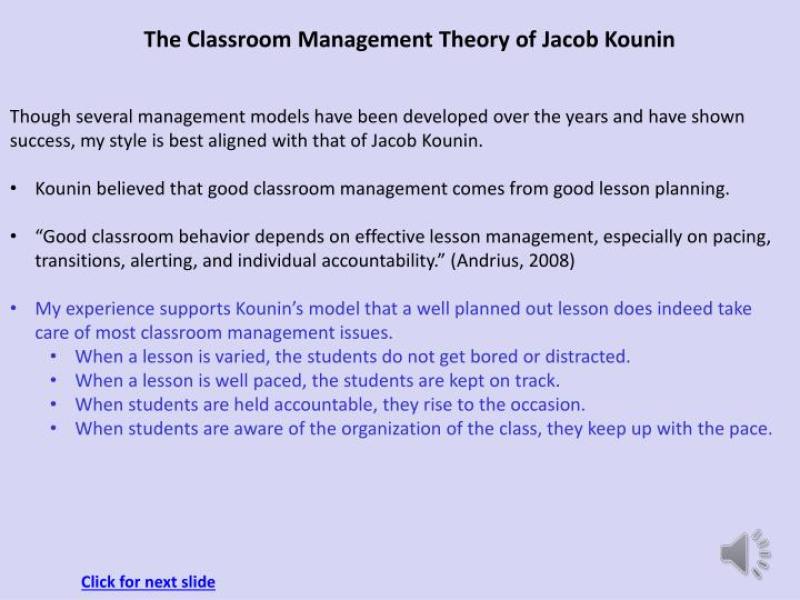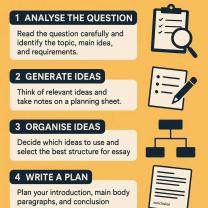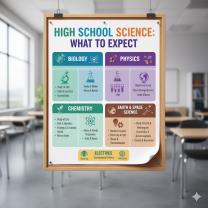What is the Thomas Gordon model of classroom management?
The Thomas Gordon model of classroom management, also known as the Teacher Effectiveness Training (TET) model, focuses on fostering communication, conflict resolution, and cooperation in the classroom. Thomas Gordon, a psychologist and educator, developed this model emphasizing a democratic approach to classroom management.
Key principles of the Gordon Model include:
Active Listening: Encouraging teachers to actively listen to students without judgment or interruption, fostering an environment where students feel heard and understood.
I-Messages: Teachers use "I-messages" to express their feelings or concerns without blaming students. For example, "I feel frustrated when there's talking during lessons."
No-Lose Conflict Resolution: Encouraging students to resolve conflicts peacefully, emphasizing finding solutions where both parties benefit without a winner or loser.
Shared Decision Making: Involving students in classroom decisions and allowing them to have a say in matters that affect them, fostering a sense of ownership and responsibility.
Problem-Solving: Teaching students problem-solving skills, helping them identify and address issues independently or collaboratively.
Consequences vs. Punishments: Differentiating between natural consequences and punitive measures, allowing students to understand the outcomes of their actions without punitive punishment.
The Gordon Model promotes a cooperative, respectful, and inclusive classroom environment where students feel empowered and respected. It emphasizes communication, understanding, and collaboration between teachers and students rather than authoritarian control or punishment.
Implementing this model involves training teachers in active listening, effective communication techniques, conflict resolution strategies, and creating an environment that supports student autonomy and responsibility.
What does the Thomas Gordon model suggest regarding classroom management?
The Thomas Gordon Model, also known as Teacher Effectiveness Training (TET), offers a unique and positive approach to classroom management that empowers both teachers and students. Here are some key principles highlighted by the model:
Shifting Focus from Control to Influence:
- The model emphasizes building strong relationships with students and avoiding power struggles.
- It encourages teachers to listen actively and understand students' needs and perspectives before responding.
- Instead of relying on punishments or rewards, the model promotes problem-solving and conflict resolution through communication and empathy.
Emphasis on Self-Reliant Decision Making:
- The Gordon Model aims to cultivate student autonomy and responsibility for their own behavior.
- Teachers are encouraged to use "I" messages to express their feelings and needs without blaming or judging students.
- Open-ended questions and active listening help students identify their own solutions to problems and learn from their mistakes.
Key Skills for Effective Communication:
- The model equips teachers with specific communication skills, such as "Active Listening" and "No-Lose Conflict Resolution" techniques.
- These skills involve validating students' emotions, paraphrasing their concerns, and seeking their input in finding solutions.
- By acknowledging students' feelings and respecting their autonomy, the model fosters a positive classroom environment where learning can flourish.
The Five Stages of No-Lose Conflict Resolution:
- This specific framework within the Gordon Model helps teachers guide students through constructive conflict resolution.
- Each stage involves specific communication techniques and active listening to identify the problem, express thoughts and feelings, and brainstorm solutions together.
- This process empowers students to learn communication and collaborative problem-solving skills, reducing dependence on teacher intervention.
Overall, the Thomas Gordon Model promotes a holistic approach to classroom management that emphasizes effective communication, mutual respect, and student autonomy. This student-centered approach helps foster a positive learning environment, reduce disruptive behavior, and cultivate self-reliant, responsible learners.
If you'd like to delve deeper into the specific skills and techniques of the Gordon Model, I'd be happy to provide additional information or resources.











